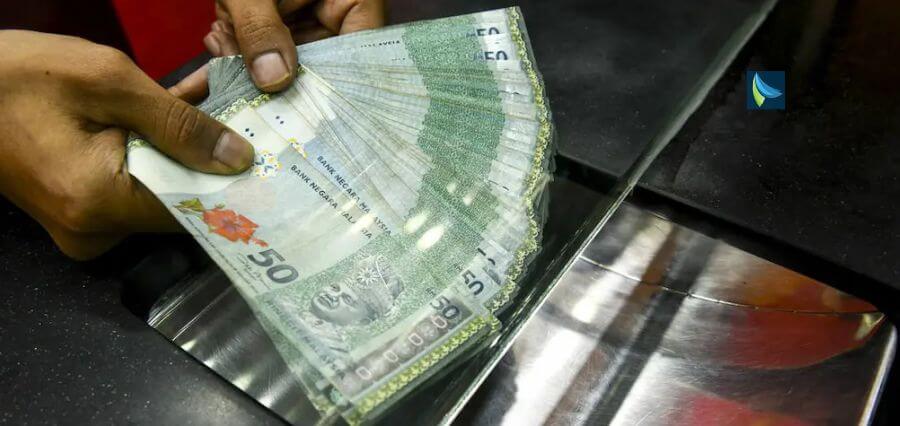The ringgit surged to its highest level in six months against the greenback and emerged as the best-performing major Asian currency on Friday, driven by easing US inflation that bolstered the case for Federal Reserve (Fed) rate cuts. The local currency reached a peak of 4.6630 against the US dollar and was trading at 4.6720 at 9:30 AM. The Chinese yuan and Indonesian rupiah also appreciated, while the Japanese yen, South Korean won, and Thai baht depreciated against the dollar.
Australia and New Zealand Banking Group (ANZ) highlighted improving fundamentals for the ringgit, pointing to early signs of broad-based improvement in Malaysia’s balance of payments. ANZ noted an expected sustainable rise in the goods trade surplus and a narrowing deficit on the financial account due to higher net foreign direct investment flows. This could lead to greater stability for the Malaysian currency, though it remains uncertain if the appreciation is sustainable.
The 10-year US Treasury yield fell following a decline in the consumer price index in June, pushing the annualized rate to its lowest in more than three years at 3%. Typically, lower yields boost risk-taking and encourage fund flows to emerging markets in search of higher returns. Malaysia’s stock market has also benefited, with the benchmark FBM KLCI gaining around 11% year-to-date, partly due to foreign inflows.
Kenanga Investment Bank commented that consecutive below-consensus US inflation readings strengthen the argument for a September rate cut, with the market currently pricing in an 84.6% probability of a Fed cut, up from 46.8% a month ago. Additionally, Malaysia’s strong industrial production data and robust second-quarter preliminary GDP estimate could further bolster the country’s economic prospects, potentially driving the ringgit towards 4.65 against the US dollar.
Since hitting its lowest in over two decades in February, the ringgit has strengthened by more than 2%. However, it is still down about 2% against the greenback, reflecting the depreciation of major Asian currencies amid broad dollar strength on expectations for fewer Fed rate cuts this year.
For More Details: https://insightssuccess.com



















